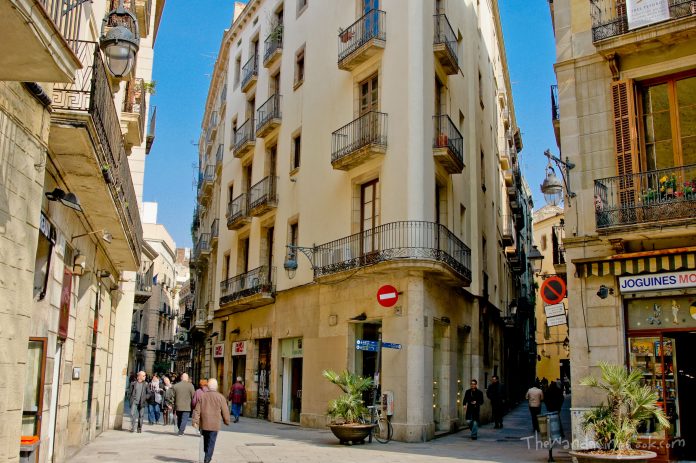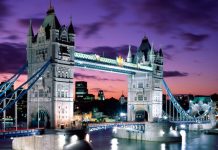The city has a rich cultural heritage which is one of the reasons so many travellers find it appealing. Barcelona was ranked as the third most successful European city in terms of arts, culture, education, fashion and entertainment. The city was also ranked as one of Europe’s most promising cities for business, and its business growth rate has increased yearly by 17%.
A Brief History
Originally, Barcelona was a Roman city, but it was merged with the Kingdom of Aragon. After the merging of the two cities, Barcelona still continued to play an important role in the Crown of Aragon. Barcelona is not a newcomer to sieges, which is why tourists can marvel at its rich cultural heritage, which dates back 2,000 years. In 1992, the world learned to recognize the name of Barcelona as the city hosted the Olympic Games.
The Olympic Games helped turn the economy around for the city, and in the years following the games, the old buildings were renovated. Some neighbourhoods were unfortunately levelled, but many were renovated to create a flow of modern appeal, but old world charm. The new and fresh modern designs were incorporated into park benches and even posters for local parks.
Visitors to Barcelona can expect to experience a true European city, with its abundance of restaurants, museums, outdoors markets and popular shops. Public transportation is achieved through the reliable Metro system. However, the great thing about Barcelona is that most of the attractions are well within walking distance for most tourists. The beaches hold a major allure for visitors, and during the long periods of warm and sunny weather, they can relax and experience the “good life”.
The Popular Districts of Barcelona
Much like any other European city, Barcelona is split into districts. Each of the districts has something unique to offer tourists in terms of entertainment, art and culture.
1. The Ciutat Vella: This term means “old city” in Catalan. The name easily suggests that this is the oldest part of Barcelona and offers tourists the opportunity to experience the city through the ages. The most crucial monuments to the city’s history can be viewed in this district.
2. The Eixample: This quarter was designed during the 19th century and is one of the most notable recent additions to the city. The district contains a very repetitive layout with rectangular art-nouveau styled buildings. This area is a prime example of well-planned urban development and the most popular buildings of the area are La Pedrera and La Sagrada Familia.
3. The Gracia: This is the quarter that is located easily within walking distance from the heart of the city. It is a prospering neighbourhood which has a local feel to the entire district. For tourists looking for a safe hotel stay, then this area is it.
4. The Sants-Montjuic: The Plaza of Spain holds most of the important great fairs, as well as exhibitions. The most notable attractions in the area are museums, festivals and monuments.
5. Inland Suburbs: The most popular attractions are located in the mountains with a perfect view of the city. Tourists can marvel at the historical Gothic monastery as well as visit the place of legends, where the Devil supposedly tempted Jesus Christ, with the offering of the world.
6. Sant-Marti: This area did not become a prominent part of Barcelona until 1897. It is the second most populated district and it borders the Mediterranean Sea.
When You Should Visit
Barcelona is probably busiest in August, but this is also the time when most shop owners go on holiday. However, at the heart of the city, most restaurants and popular attractions are open to tourists. Barcelona does offer its fair share of beaches, but it is frowned upon by locals when tourists choose to visit historical attractions and restaurants wearing beachwear.
The city is not only a great place to visit in the summer months. In fact, as long as the weather is favourable, the winter months of January and February still make for a great tourist experience. During these colder months, the city is much cooler in temperature and the humidity levels are comfortable. If you don’t enjoy the heat, this can be an ideal time to visit the city off-season.
Things to Do In Barcelona
What makes Barcelona an optimal tourist choice is the fact that adults and children alike can enjoy all the city has to offer. Below you will find a list of the most popular activities that can make your vacation unforgettable!
1. Visit the world-renowned beaches. The beaches contain a very relaxed and laidback atmosphere that visitors can appreciate in the hot summer months. The beach season is usually from mid-March to mid-November. The most notable beaches are Mar Bella, Bogatell, Llevant, Barceloneta, Sant Miquel, and Sant Sebastia.
2. Join a Bike tour and view the beautiful highlights of the city in a unique fashion. Ride through the adjacent magic beaches or explore the jaw-dropping architecture, ranging from modernist to medieval.
3. For those who value culture above all else, Barcelona hosts major festivals throughout the year. However, note that the festivals generally increase transportation and overall travel costs, when visiting Barcelona during the times of these festivals.
4. If you wish to go shopping and experience some local culture, try the Ciutat Vella. Due to law restrictions, most small shops in addition to shopping malls are closed on Sundays, but the Ciutat Vella houses many shops which are open for tourists.
5. There are many options when it comes to choosing local cuisine, but the food isn’t consistent in its quality. Instead of guessing where to eat, search out restaurants or cafes which are off the tourist path. Consider where the locals are eating, because if it’s good enough for them, it is good enough for you.
Visiting Barcelona, Spain, can be a life changing experience. Most visitors focus on the night life and entertainment, but even the pickiest of history buffs can be sated by the beautiful architecture and cultural heritage.















